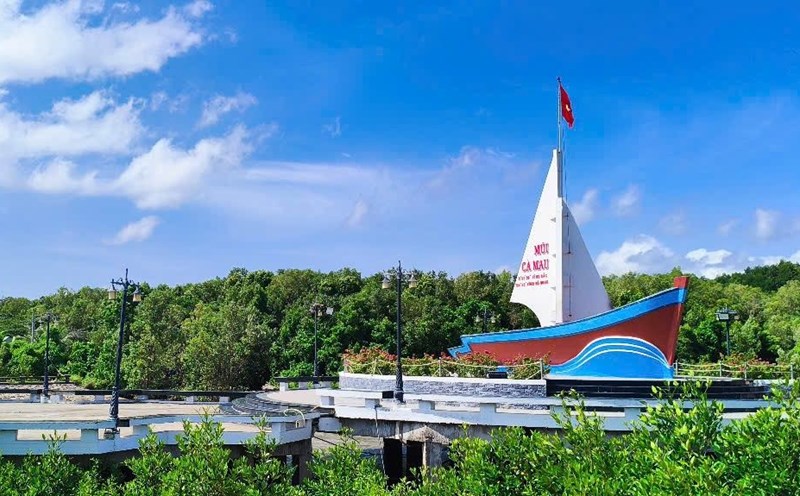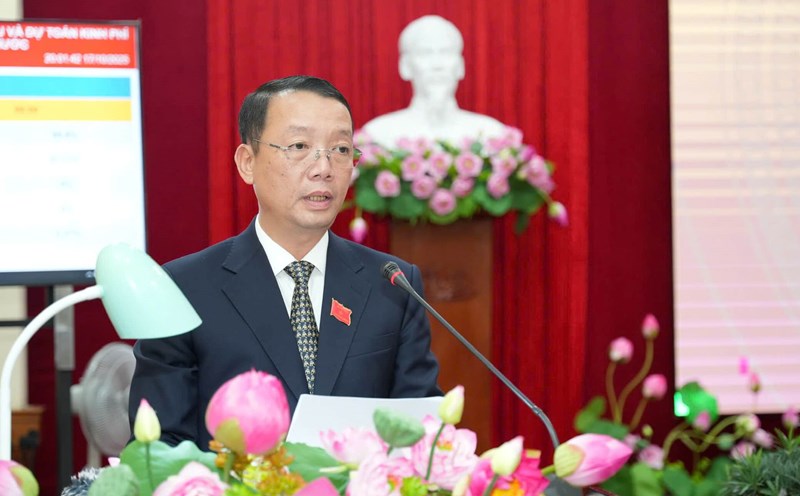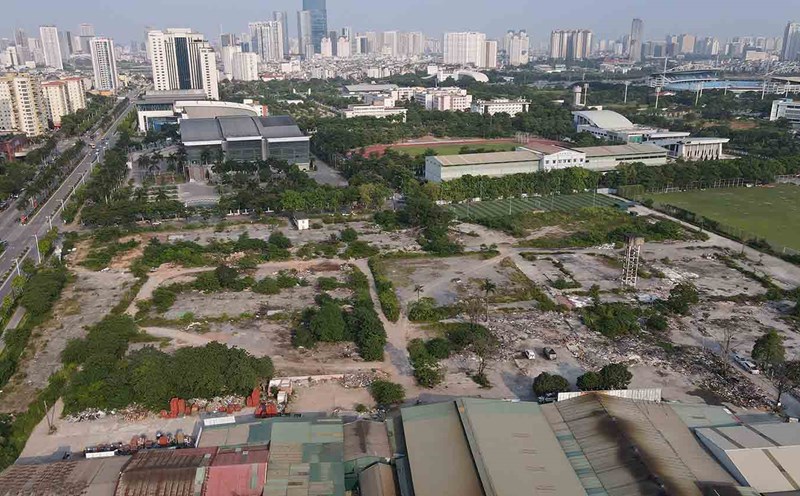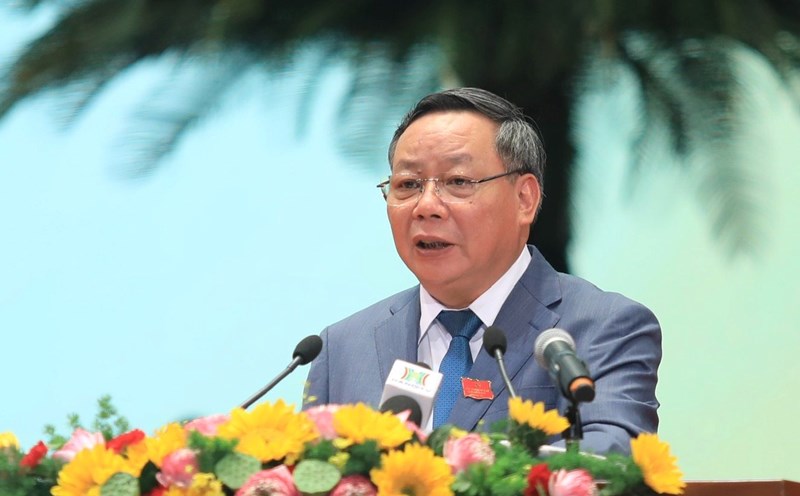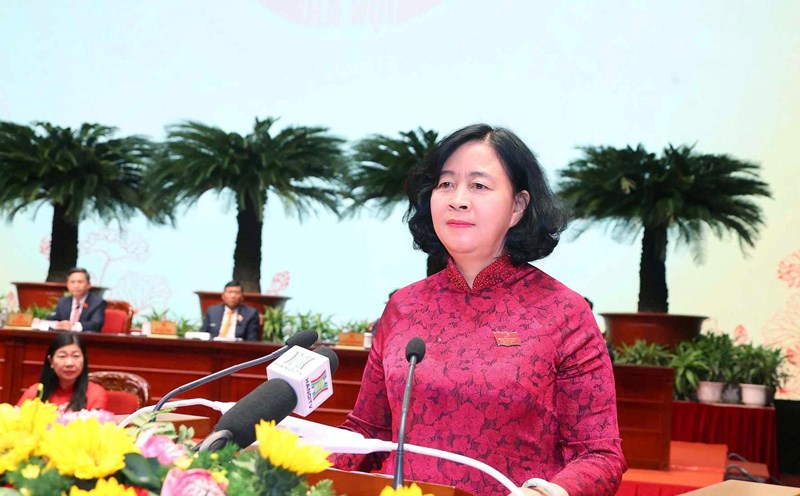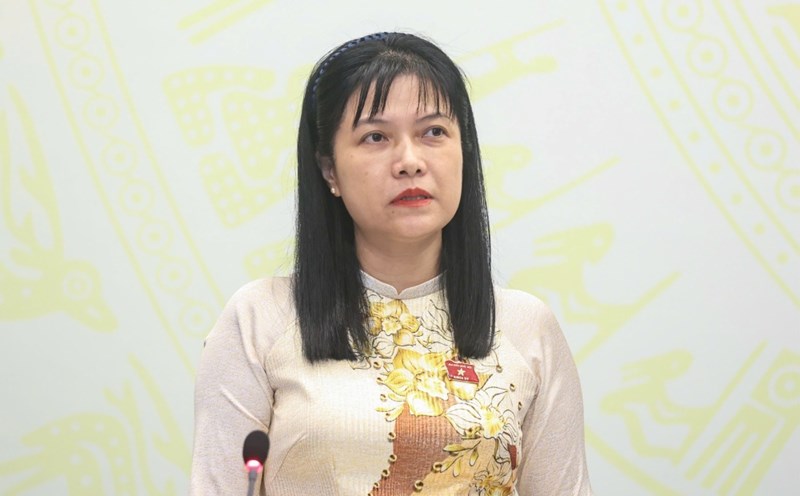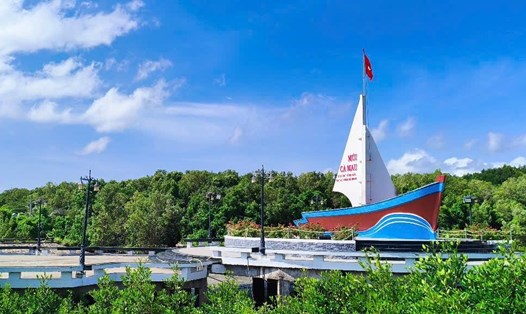Developing a green - clean - sustainable shrimp value chain
According to the Department of Agriculture and Environment of Ca Mau, by the end of 2025, the province will have a total shrimp farming area of about 417,992 hectares, accounting for over 55% of the country's shrimp farming area. Shrimp output reached about 565,000 tons, equivalent to 45% of total national shrimp output, with an export turnover of more than 2.2 billion USD. This is an important foundation for the province to focus on investing in developing the shrimp industry into a key national and international industry.
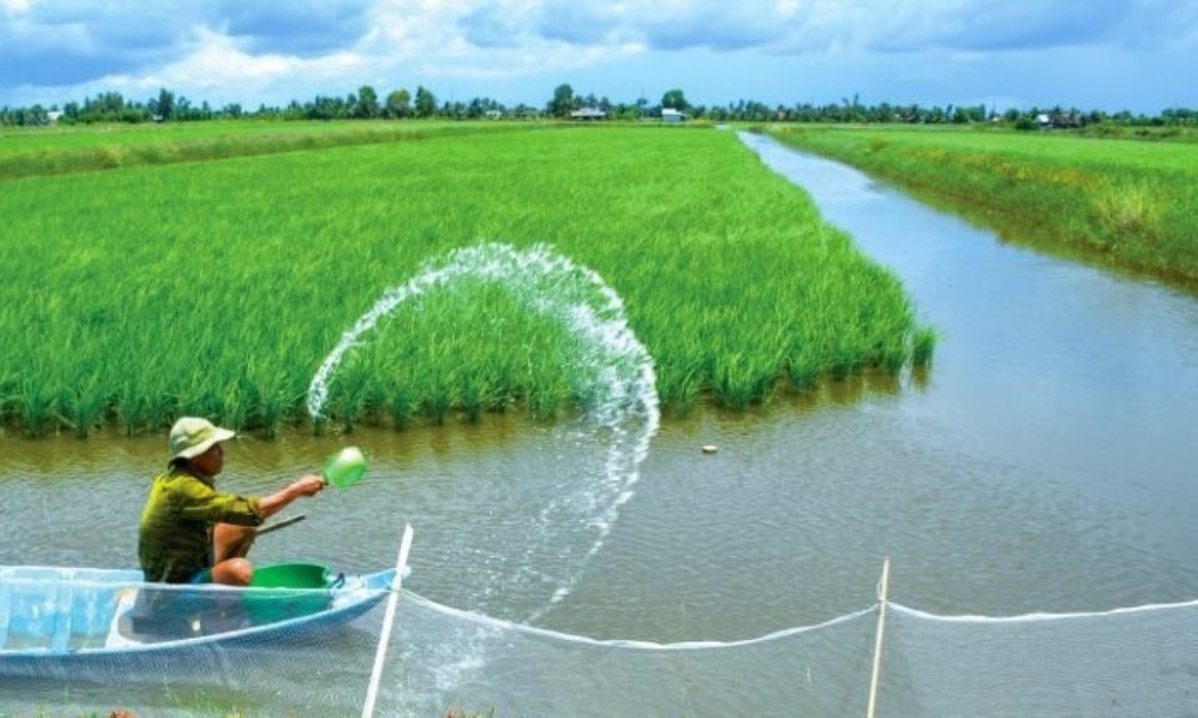
Shrimp production models in Ca Mau are diverse, including: ecological shrimp under forest canopy (37,000 ha), shrimp - rice (93,000 ha), intensive shrimp (21,900 ha) and technology super intensive shrimp over 10,000 ha.
The province is implementing a plan and forming a complete shrimp industry linkage chain from seed production, commercial farming, processing, traceability to export. At the same time, focus on developing large-scale high-tech concentrated farming areas in localities with suitable conditions, limiting scattered, small-scale, and ineffective farming.
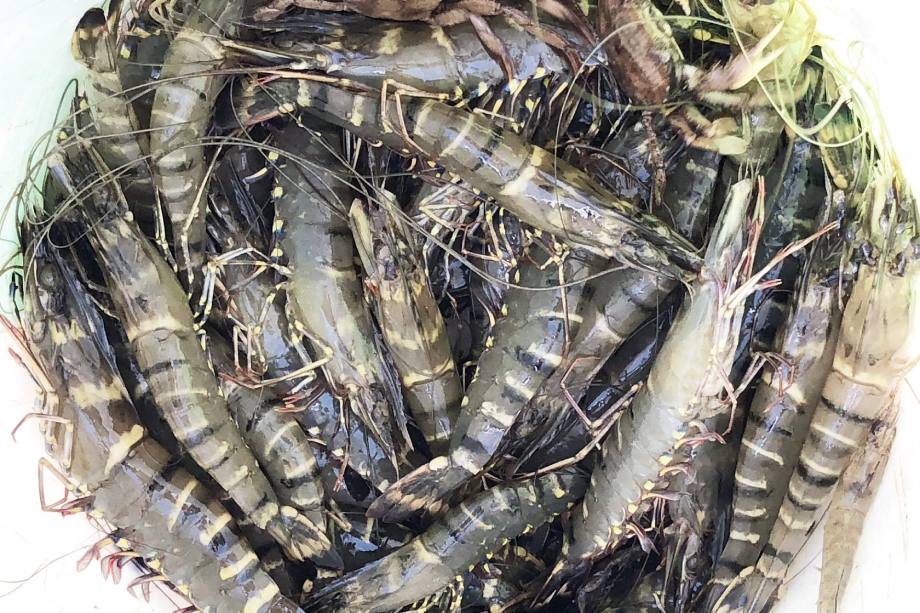
In addition, the model of intercropping crab and blood cock with shrimp, developing shrimp - organic rice areas, ecological shrimp, has been replicated, in order to promote the advantages of the natural ecosystem. Ca Mau is also building the brand "Ca Mau Eco-shrimp" associated with exploiting carbon credits, expanding international markets and creating added value for seafood products.
Transforming agriculture towards ecology, adapting to climate change
Not only focusing on the shrimp industry, Ca Mau province is promoting the transformation of rural economic structure towards ecology, circularity and high value. Some low-yield coastal rice areas have been converted to more suitable crops and livestock, especially expanding the rice - shrimp area, associated with clean organic - shrimp rice.
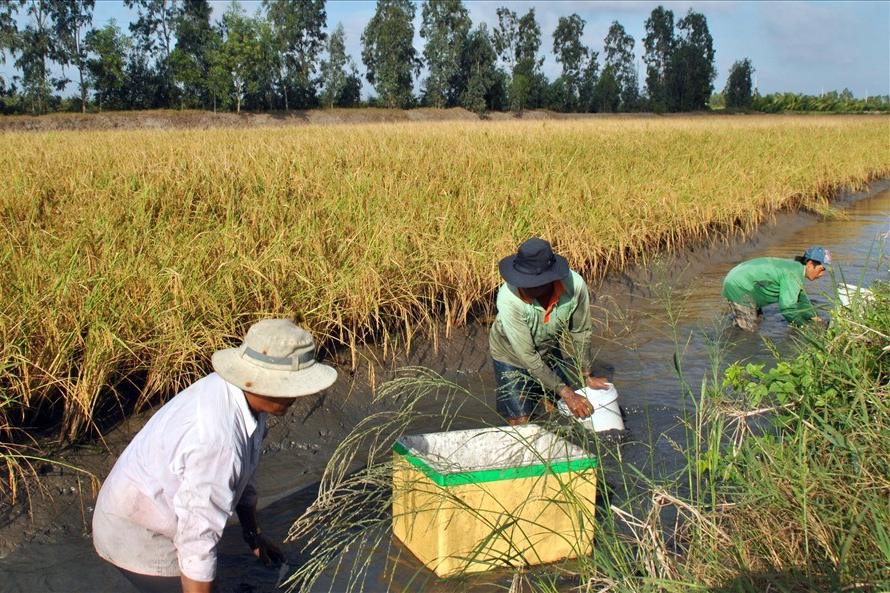
Ca Mau maintains specialized rice areas in suitable areas, combined with freshwater fish conservation and biodiversity, contributing to climate change adaptation. The province also expands large-scale field models, low-emission, high-quality rice raw material areas for export.
The province also focuses on diversifying rural accounts. The daffodils industry has been restructured towards improving quality, switching to raising artemia in areas producing inefficient black salt. Ecological, organic, and high-tech livestock farming is encouraged to create clean, environmentally friendly products.
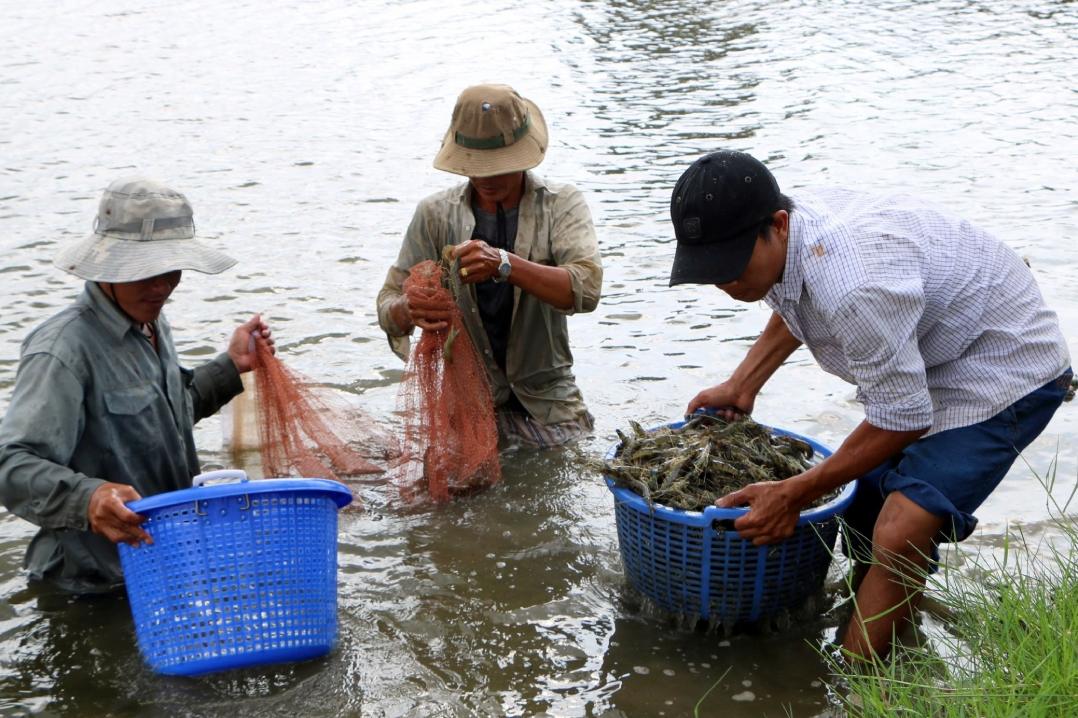
The forestry economy also plays an important role, with the orientation of developing high-tech wood processing, effectively exploiting profits under the forest canopy, combining eco-tourism and planting coastal forests to protect the coast, create livelihoods and exploit carbon credits.
In parallel with production development, Ca Mau is focusing on investing in rural infrastructure, promoting rural urbanization associated with building advanced, model new rural areas. The model of "The State and the People working together" continues to be effectively promoted in building roads, improving people's lives, ensuring social security and sustainable poverty reduction.


